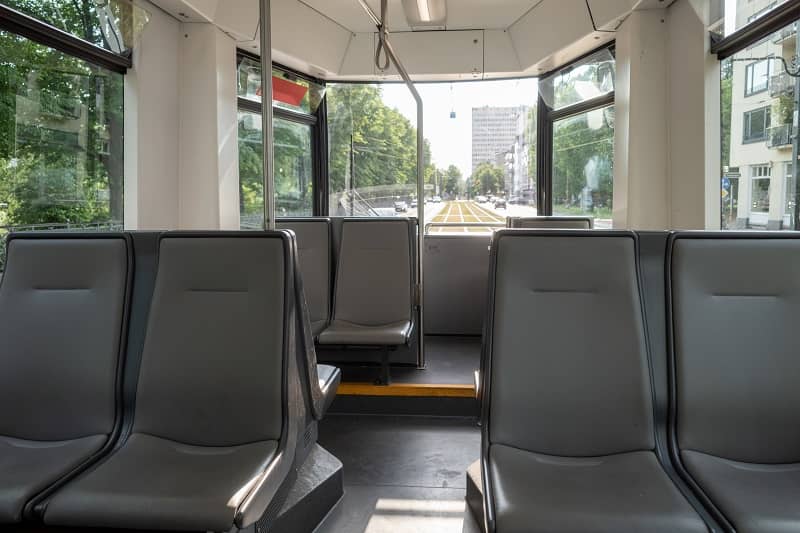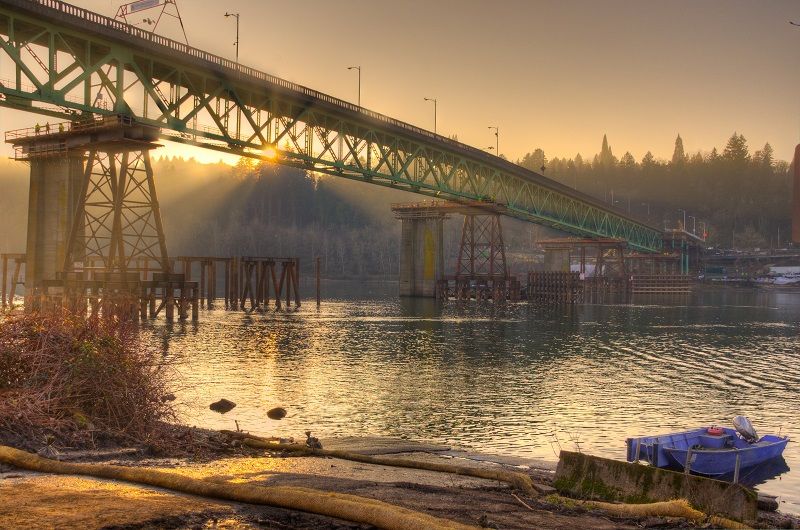By John A. Charles, Jr.
For the past several decades, TriMet has promoted passenger rail as “High Capacity Transit (HCT).” In planning documents, the agency defines HCT as a mode “characterized by using larger vehicles and/or more frequent service to provide faster, more convenient and more reliable service for a larger number of passengers than a standard fixed-route bus line.”
The specific services that TriMet offers within the alleged HCT category include light rail, commuter rail and the Portland streetcar.
HCT is desirable when there are large numbers of people moving to geographically constrained destinations within a short period of time – such
as commuters traveling to downtown San Francisco or midtown Manhattan.
It is questionable whether the Portland region has a need for such services,
due to low regional population densities and the dispersed nature of regional employment. Many people live in the suburbs or beyond, and many employment centers are also located in those same areas, so travel patterns are scattered and complex.
However, there are “special events” each year where HCT might be valuable, and those events were the focus of this research. During 2010, five different events were chosen to see if the light rail/streetcar system actually provides the high- capacity service needed to move large numbers of passengers. Those events were:
•The Green Building Home Show at the Multnomah County Expo Center in March; •Opening night at the Cirque du Soleil in April;
•The final playoff game of the season for the Portland Trail Blazers in May;
•The day after Thanksgiving (“Black Friday”) at Cascade Station shopping mall near Portland International Airport; and
•December 22 at the Gresham Civic Center retail/residential complex, focused around the newest TriMet light rail station, which opened on December 1.
By spreading the investigation throughout the year, and choosing different locations, the research team was able to examine travel patterns in various weather conditions and time periods. All events were served by auto access as well as rail. In some cases parking was free; in other cases it was quite expensive.
With a strong mix of travel options, each event offered a good opportunity
to study the choices people make in real time. This is important because transportation planners at Metro, TriMet, ODOT and other agencies routinely make multi-billion-dollar decisions based on travel surveys, computer models
or simply their own personal beliefs about how people should travel. They
rarely have any direct knowledge of how people actually travel under specific conditions of time, mode availability, parking pricing and geographic constraints.
The goal of this research was to compare the dominant planning assumptions in Portland with observed travel behavior in specific event settings.











